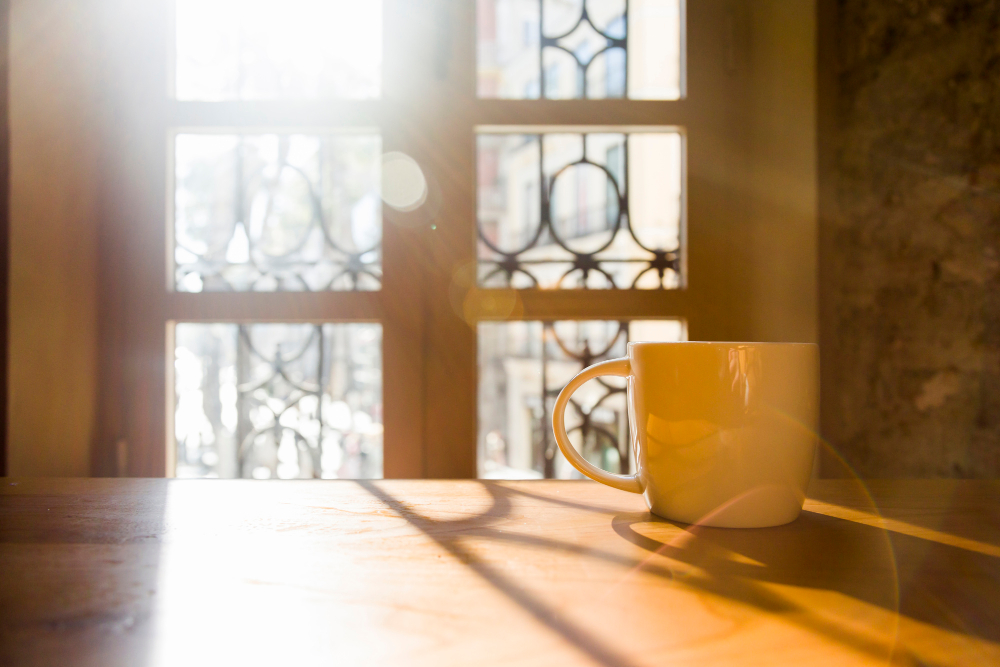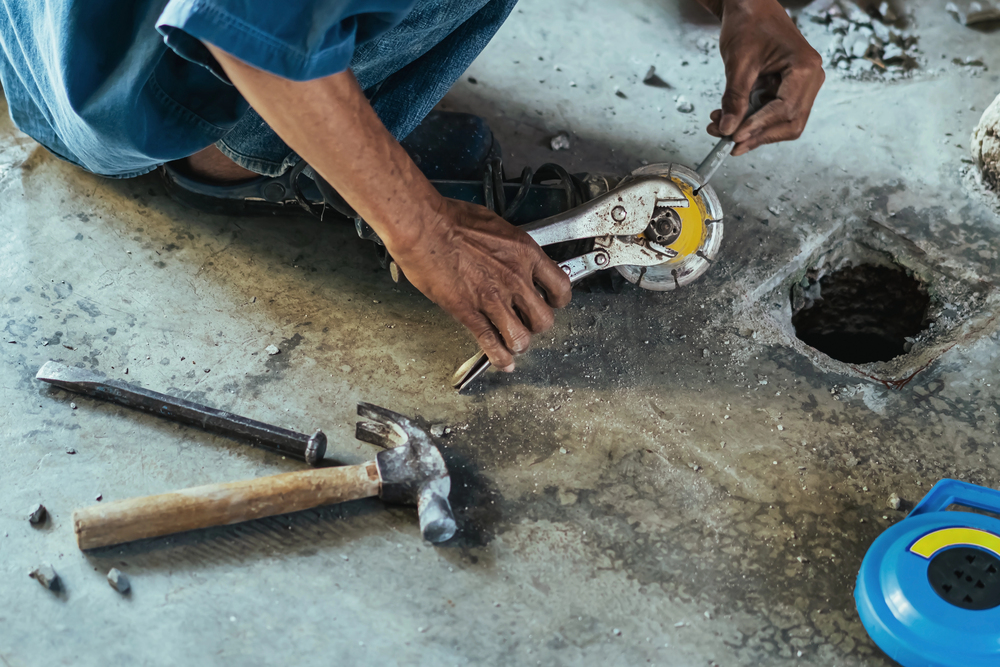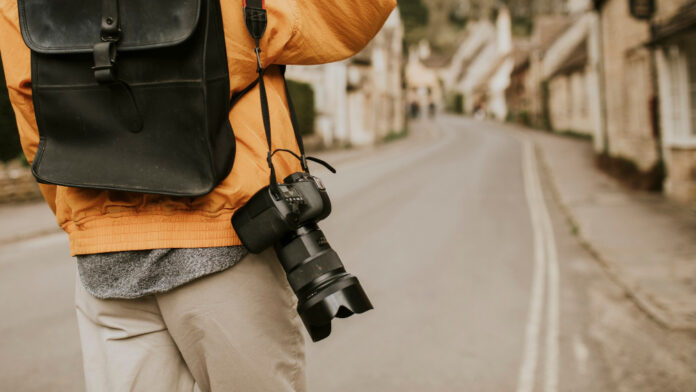“Lev, I hate my Instagram!” – a friend of mine, a florist named Anna, called me recently with this cry from the heart. Her feed is full of plastic-looking roses from stock sites, while her real, living bouquets go unseen. I’m Lev Mazaraki, and as a travel photographer, I constantly solve a similar puzzle: finding the soul in what seems ordinary at first glance. Anna’s problem is familiar to everyone who runs a business from home. We’re passionate about our product, but when it’s time to present it, we turn to a stock photo bank for some reason. And our unique brand becomes a twin to hundreds of others. In a world where customers buy not just a product but a story and an emotion, being “like everyone else” means being invisible. Sterile stock photos don’t evoke feelings; they create distance. Your potential customer just scrolls past them because their brain has seen it a thousand times before. They don’t believe it.
I’m convinced: the best photographer for your business is you. Because only you know its soul. You just need to change your lens. Let me show you how to go on a real photo expedition without leaving your workshop or office.
Stop being ‘like everyone else’. Why your customers need the truth.
Let’s be honest. People are tired of the perfect, polished picture. They don’t want to see a glossy model; they want to see a person at work.
- When they see your hands sorting through fabric or typing code, they start to trust you.
- When they see the “creative chaos” on your desk, they feel your passion and involvement.
- When they see your actual product, not an image from a search engine, they remember you specifically.
Your Photo Expedition: 5 Steps to Authentic Shots
Forget about expensive equipment. Our main tools are curiosity and the camera on your phone.
Step 1: Become a Tourist in Your Own Room
Remember how you walk through an unfamiliar city. Every balcony, every crack in the pavement seems interesting. Now, look at your workspace the same way. Sit on the floor and look up at your desk – it looks like a skyscraper. Take a picture of it! Or, do the opposite: stand on a chair and shoot your desk from above, like a treasure map where every object is an island.
Step 2: Fall in Love With the Details
Wide shots are boring. The magic is in the little things. My favorite trick is to find the most interesting texture and build the shot around it.
- Do you bake cakes? Show a close-up of the bubbles on the chocolate glaze or a sprinkle of flour that looks like snow.
- Do you sew? Capture the needle piercing through thick fabric, or show the chaos of colorful thread spools.
- Even if you’re a consultant and “sell ideas,” you have your own textures: the rough page of a daily planner, the cold glint of a favorite pen, a fingerprint on a tablet screen.
- And if you’re a programmer, show a close-up of the backlit keys on your keyboard in a dark room or the neat lines of code on a curved monitor. This is your poetry.
Step 3: Show the Process, not Just the Product
The most interesting stories are the stories of creation. Don’t wait for the final result. The process is much more fascinating. Take a shot of your hands at work. Show sketches with edits and cross-outs. Believe me, this kind of “imperfect” content works best. People buy from people, and people sometimes make mistakes, correct them, and search for a better solution—show that struggle. It evokes empathy, not just interest.
Step 4: Let Your Tools Do the Talking
Your old coffee cup with a chip in it. Your laptop covered in stickers. The ruler you inherited from your father. These aren’t just things; they are your silent business partners. They will tell more about you than any “About Us” text. Arrange them in a still life and take a picture. Let the scuffs and scratches be the main characters of the shot. A picture like that says, “This gets used, this works, this is part of a real story.” It screams authenticity louder than any advertisement.
Step 5: Befriend the Light

What really bugs me about amateur stock photos is the head-on flash. It kills everything. Instead, make friends with the light from your window. Wait until four or five in the evening when the sun becomes soft and golden. Watch how its rays stretch out the shadows of objects, how dust motes dance in the air. There it is, your perfect shot. For free. Walk up to the window and just observe how the light falls on your product. Turn it. Sometimes, moving just a foot or two is enough to turn an ordinary object into a work of art.
Finally, Ask Yourself…
Before you post a photo, ask yourself a few simple questions. You don’t need to check boxes; just listen to your gut.
- Is there something unexpected in this shot?
- Does it tell a story or just show an object?
- Does it feel alive, or does it look like a picture from a catalog?
- Did I smile when I looked at it?
If the answer is “yes” to at least a couple of these questions, post it without hesitation. You’re on the right track.
Find a Home-Based Business to Start-Up >>> Hundreds of Business Listings.















































